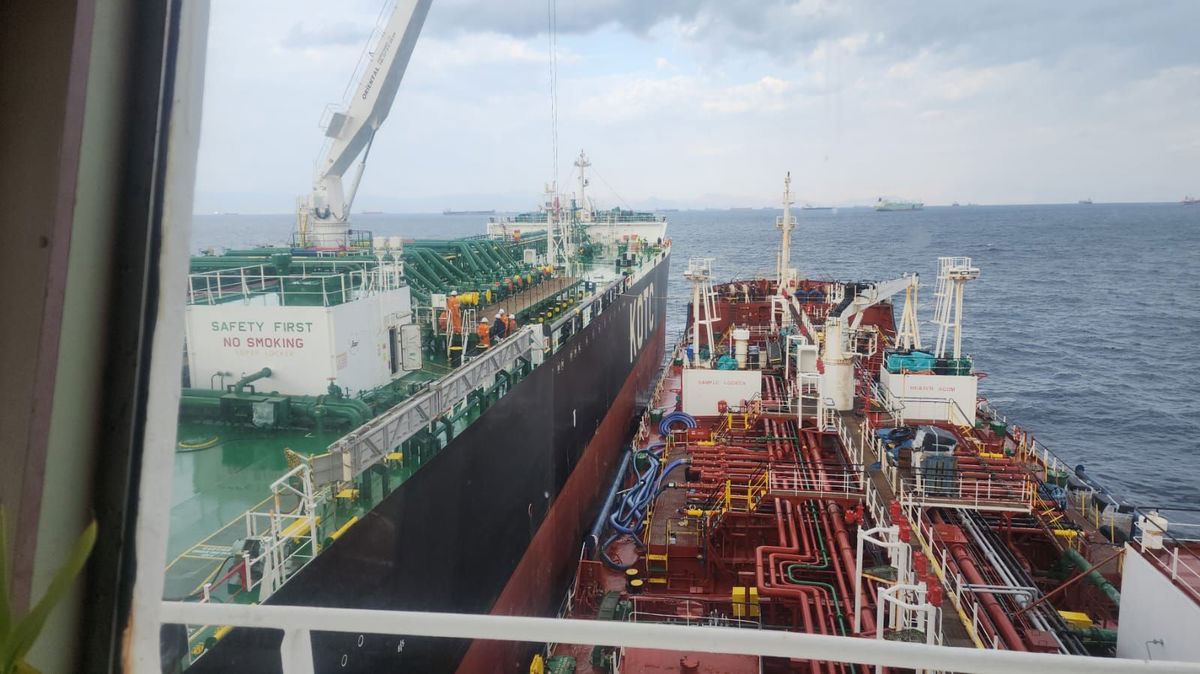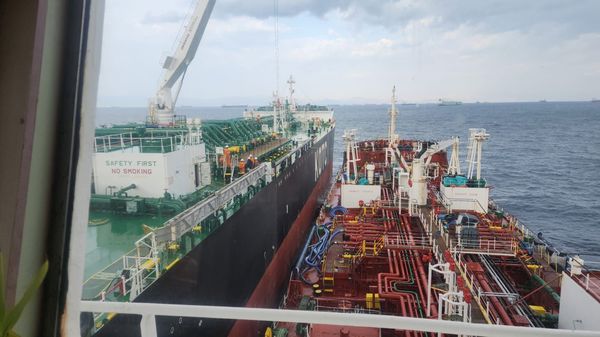IEA cuts global oil demand estimates
Paris-based International Energy Agency (IEA) now expects global oil demand to grow by 720,000 b/d in 2025, about 200,000 b/d lower than its previous estimate.
 IMAGE: Getty Images
IMAGE: Getty Images
Oil demand growth will be relatively slower this year than previously expected, according to the IEA. Weakness in US and Chinese oil demand growth in the second quarter will be a major contributor to the trend, the agency says.
In 2026, global oil demand growth is estimated at 740,000 b/d, 200,000 b/d lower than its last month’s projection. Demand will be “held back by a challenging economic outlook and the uptake of clean energy technologies,” the IEA says.
Supply forecast
The IEA projects global oil supply to grow by 1.8 million b/d to average 104.9 million b/d in 2025, and by another 1.1 million b/d in 2026. Supply growth in both years is expected to be driven by non-OPEC+ producers, with production increases of 1.4 million b/d in 2025 and 840,000 b/d in 2026.
Supply will get an additional boost as OPEC+ producers plan to add more barrels this year, the IEA highlights. Global oil supply rose by 330,000 b/d in May to 105 million b/d. The supply growth was “led in part by the unwinding of voluntary OPEC+ production cuts,” the energy agency said in its monthly Oil Market Report (OMR).
While the market looks well supplied for the rest of the year, recent escalations in geopolitical tensions in the Middle East “sharply highlight the significant geopolitical risks to oil supply security,” the agency notes.
Earlier this week, geopolitical tensions in the Middle East escalated rapidly after Israel launched a series of airstrikes on Iranian targets. In response, Tehran retaliated with a barrage of drones aimed at Tel Aviv.
“The two countries have fought a shadow war for decades, but the current conflict is the most severe, with energy infrastructure also targeted for the first time,” the IEA says.
If the regional aggression grows, Iran could move to close the Strait of Hormuz, a key oil transit chokepoint located between Oman and Iran, according to the energy agency.
Roughly a quarter of the world’s oil supply, including exports from Saudi Arabia, the UAE, Kuwait, Qatar, Iraq and Iran, flows through the Strait of Hormuz, the Gulf region’s key chokepoint, the agency estimates.
“Closure of the Strait, even for a limited period, would have a major impact on global oil and gas markets,” the IEA adds.
By Aparupa Mazumder
Please get in touch with comments or additional info to news@engine.online




